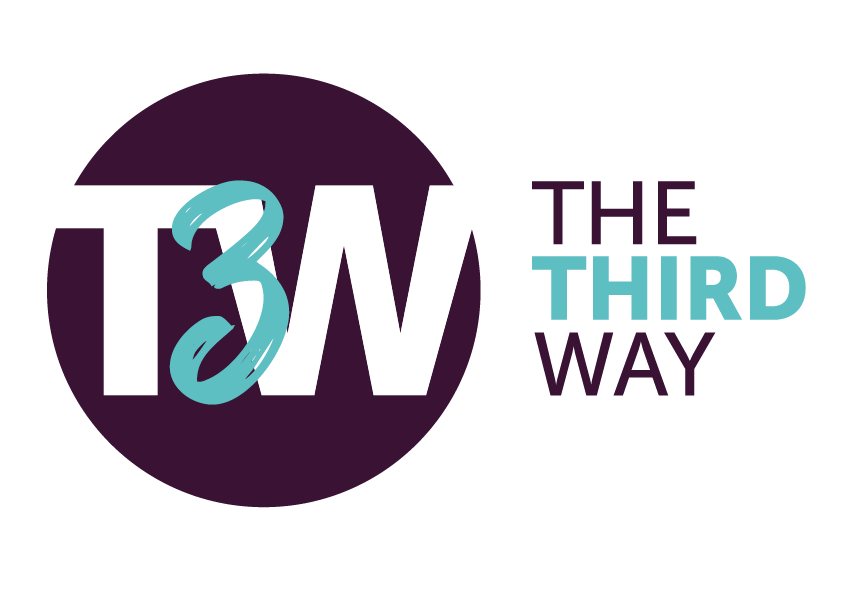The Mission Model Canvas
How do you use the Business Model Canvas if the primary goal is not to earn money, but to fulfil a mission? In other words, how can you use the Business Model Canvas when the primary metrics of success for your organisation is not financial revenue – for example when you’re a government or educational institution or an NGO?
For those in this situation, Osterwalder adapted the Business Model Canvas to a Mission Model Canvas. The overall concept remains, but five “parts” of the canvas are modified:
- Revenue streams -> Mission achievement.
- Customer segments -> Beneficiaries
- Cost structures -> Mission Cost/Budget.
- Channel -> Deployment.
- Customer relationship -> Buy-in/Support.

These components will be discussed in more detail below, but first a 2 minute introductory video:
From Revenue Streams To Mission Achievement
In these cases you don’t earn money, but you mobilise resources and a budget to solve a particular problem and create value for a set of beneficiaries (customers, support organisations, war-fighters, congress, the country, etc.). The canvas box labelled Revenue Streams doesn’t make sense as there is no revenue to measure.
So the first step in building a canvas for mission-driven organisations is to change the Revenue Stream box in the canvas and come up with a counterpart that would provide a measure of success. This alternative is called Mission Achievement. Mission Achievement is the value you are creating for the sum of all of the beneficiaries/the greater good. Do you see the link with the learning on Impact Management?
From Customer segments to Beneficiaries
When discussing the Business Model Canvas we already used the concept ‘Target Group’ instead of ‘customer’, as for social enterprises this is a more appropriate term.
Be aware that for social and societal services, the beneficiary (target group) is not always the one paying the bill.
From Cost structure to Mission cost/Budget
Simply put: how much money do you need to fulfil your mission? Actually, it’s about budgeting. If you want to learn more about budgeting, please visit our module on Financial Management.
From Channel to Deployment
In the commercial world we ask, ‘What type of distribution channel (direct sales, app store, system integrator, etc.) do we use to get the product/service from our company to the customer segments?’ For mission organisations, we ask instead:
- ‘What will it take to deploy the product/service from our current Minimum Viable Product to widespread use among people who need it?’ (What architecture components can they innovate on and what not?)
- ‘What constitutes a successful deployment?’ (number of users, units in the field, time to get it into the field, success in the field, etc.)
- ‘How do we turn an innovation into something that gets adopted by several people/organisations?’
From Customer relationship to Buy-in/Support
In an existing business, Customer Relationships is defined as establishing and maintaining a relationship to support existing customers. Customer discovery helps you understand whose buy-in is needed in order to deploy the product/service (legal, policy, procurement, etc.) and how to get those beneficiaries to buy-in. (Is it funding? Mandates? User requested? etc.) In addition, the long term support and maintenance of new projects needs to be articulated, understood and bought into by the support organisations.

